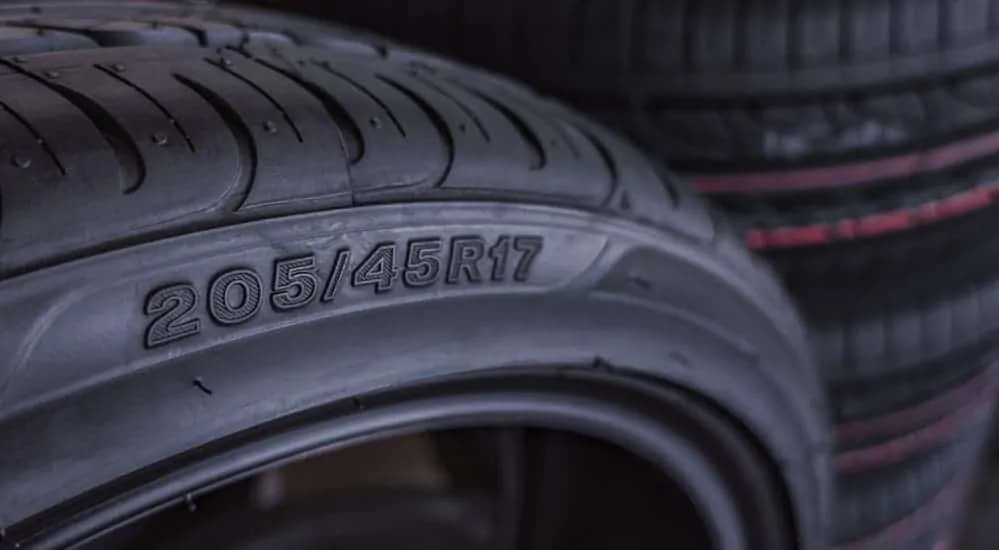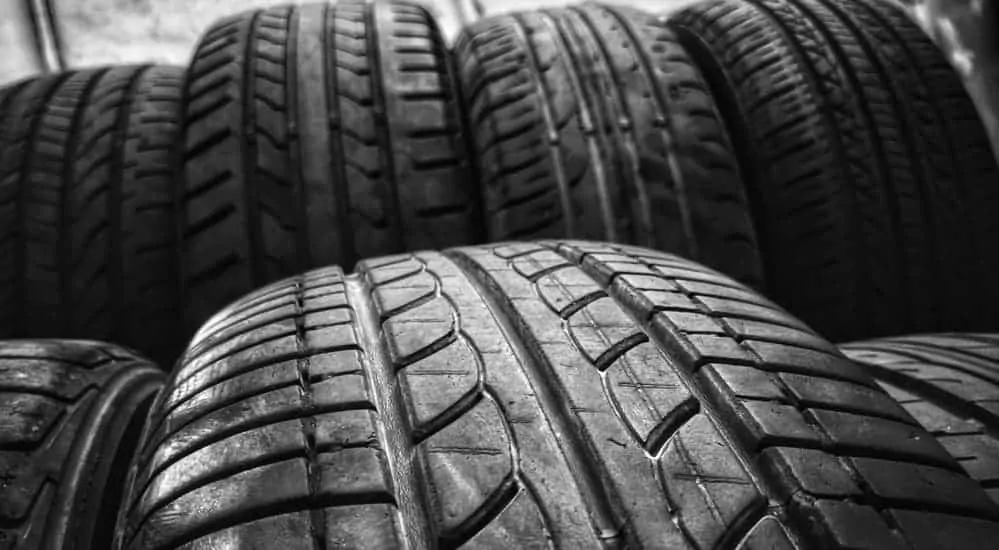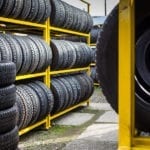Time For Replacements
When it comes to your vehicle, sometimes a part may require replacing, which means it’s time to break out your checkbook. Replacing a component can be a costly venture, but it doesn’t always have to be. As long as you’re informed of your options and the brands you may choose, sometimes replacing parts doesn’t have to cost you an exuberant amount of money. Let’s say your vehicle needs new tires, something every driver dreads because buying a pack of 4 usually nets you a greater deal. There are a number of brands that we can easily refer to their product as a discount tire that will suit you well with its price to performance ratio.
If we use Chevy vehicles for our tire research, you get a long list of tire manufacturers to select from, all of which offer tires that are compatible with vehicles such as the 2020 Chevy Spark, Silverado, and Chevy Trax, and more. Our recommendation to you involves a couple of key brands that will give you exactly what you’re looking for when tire shopping, these brands are Firestone, Continental, and Goodyear tires. Each of these brands offer high-quality tires at respectable price points and are highly reputable by many drivers.
What To Know
One of the most important parts when it comes to tire shopping is to familiarize yourself with what to look for, including tire-size codes, speed rating, and the load rating. A basic understanding of these measurements can make your tire shopping that much easier, so it’s highly recommended to know everything about the tires you’re purchasing. Another aspect to take into consideration is knowing just what it is you’re looking for because it’s not uncommon for drivers to overestimate the tires they use and purchase something such as a winter tire or a touring tire when an all-season tire could have been easily sufficient to their situation. Usually, these tire specifications will help you shop for a tire that suits you, whether you like a solid, stiff ride or a smooth one.

Tire codes may seem a little tricky at first glance, but we assure you, they’re important. A tire we have chosen for an example is the Continental tires with a tire code of 205/70R16, which means it has a width of 205 mm, a sidewall aspect ratio of 70, R stands for radial construction, and 16 being a 16-inch rim diameter. Keep in mind, some tires use an inch measurement. For example, a tire sized 33×11.5×16 is equivalent to 285x75R16. The diameter is 33 inches, the wheel width is 11.5 inches, and the 16 is still the rim size.
Speed ratings are typically measured from 3 mph up through 186 mph using an alphabetical letter to separate the tiers. As an example, if we have a speed rating of Y, our tires perform optimal up to 186 mph. What speed rating easily translates to is heat dissipation because the more heat your tire is subjected to, the faster it will wear and tear. The most common speed ratings that you will find are both T and H, supporting 118 mph and 130 mph, respectively.
Load rating, or the load index, simply means how much weight that single tire can support when it’s properly inflated, so when you’re shopping for a replacement, this is a very important rating to keep in mind. The load index ranges from 75 to 150 with its support load ranging from 852 lbs to 7,385 lbs, respectively.
Importance of All-Season
Depending on your locale, it can be very important to make sure the next tires you purchase are all-season tires. The best part about these kinds of tires is the proficiency they give in both summer and winter months, giving them the reputation as the middleman when it comes to the debate of purchasing winter or summer tires. They’re a fantastic choice for your vehicle due to their ability to achieve a better grip while submerged in rainwater and are ideal for light-winter driving.
Regarding the Chevrolet vehicles that we have selected to serve as an example for our tire shopping, our 2020 Chevy Trax’s tire size is 205/70R16, and with all-season tires in mind, we have selected Continental tires, Contiprocontact to be exact. These tires have a load range rating of SL, meaning its maximum capacity is an inflation pressure of 35 psi.
The tires we have chosen have an H speed rating, which means that they are operational up to a maximum speed of 130 mph or 210 km/h. The Contiprocontact tires are charted on the Load Index as 96, which means it can withstand a weight capacity of 1,565 lbs when properly inflated. Although dependant on where you shop for tires, the tires we found, in particular, will grant you a warranty of 60,000 miles, making the deal that much better.
The next all-season tires we began to shop for was our selected 2020 Chevy Silverado 1500, which has multiple wheel and tire sizes available depending on trim. What caught our eye is the Firestone Transforce HT2 tire. These tires have a speed rating of R making them optimal through 106 mph or 170 km/h and achieve a rating of 120 on the Load Index, meaning they can support up to 3,086 lbs when fully inflated. The Transforce tires do a lot to reduce the potential risk of hydroplaning, which is when your tires slide on wet surfaces due to lack of traction. These tires achieve this reduced risk through solid traction and a water-evacuative design.
What We’ve Learned
Tire shopping is very important because you need to put lots of trust in your tires, so going with a cheap option simply isn’t a good idea. When tire shopping for your exact vehicle, your first step in the process should be to research your vehicle and the sizes of tires it supports. If you want to stick with the same tire size, simply check the sidewall of your current tires. Then, decide from there what kind of ride you’re desiring and take into account your local weather. Again, we recommend all-season tires because of their perfect middle ground between summer and winter tires. They typically have a longevity of up to 70,000 miles, and there are a lot of reputable brands that offer them as well. If you live in an area with harsh winters, we recommend getting a set of snow tires for the winter and summer tires for the warmer months. All-terrain tires are another great option if you live in an area with dirt roads, mixed weather, or simply enjoy off-roading from time to time.
A very important part of tire shopping that many customers don’t know is to shop for your tires in the fall instead of any other season so that snow and wet traction don’t decrease as the tire wears out early in the year. Once your new tires are fitted onto your vehicle, it’s very important to maintain them for longevity. Always keep the psi levels in mind, making sure each tire is properly inflated to achieve its best load rating, as well as an efficient fuel economy. This also prevents your tires from degrading unevenly.
Choosing the right discount tire for you requires an ideal balance of fuel economy, load index, the overall feel of the ride, its noise-suppressing capabilities, and lastly, the cost. Once you have a solid understanding of the type of tire you are shopping for, then replacing your tires won’t be such a hassle anymore.





